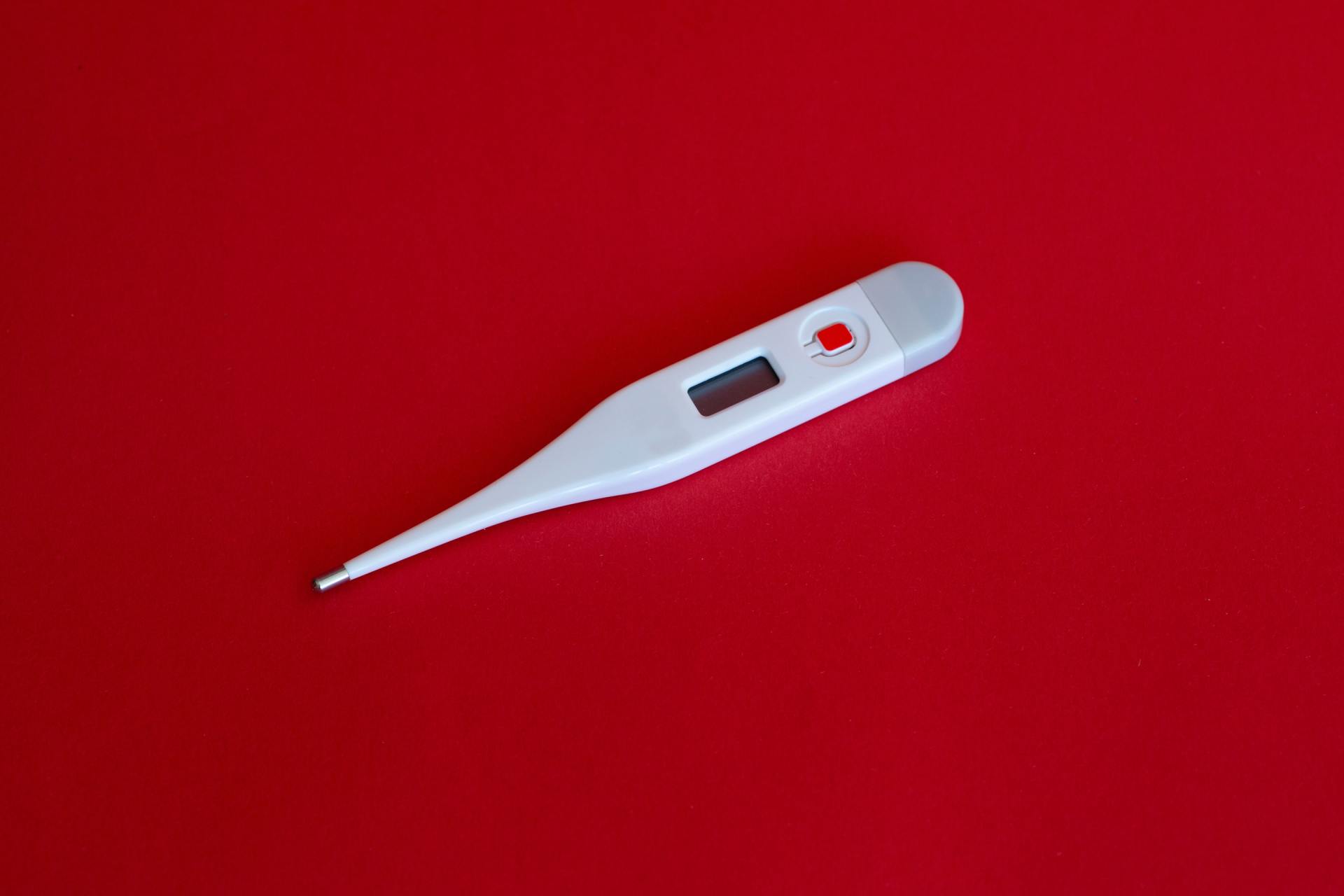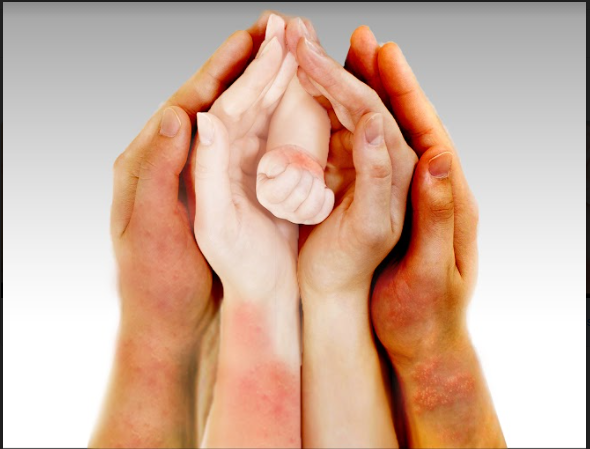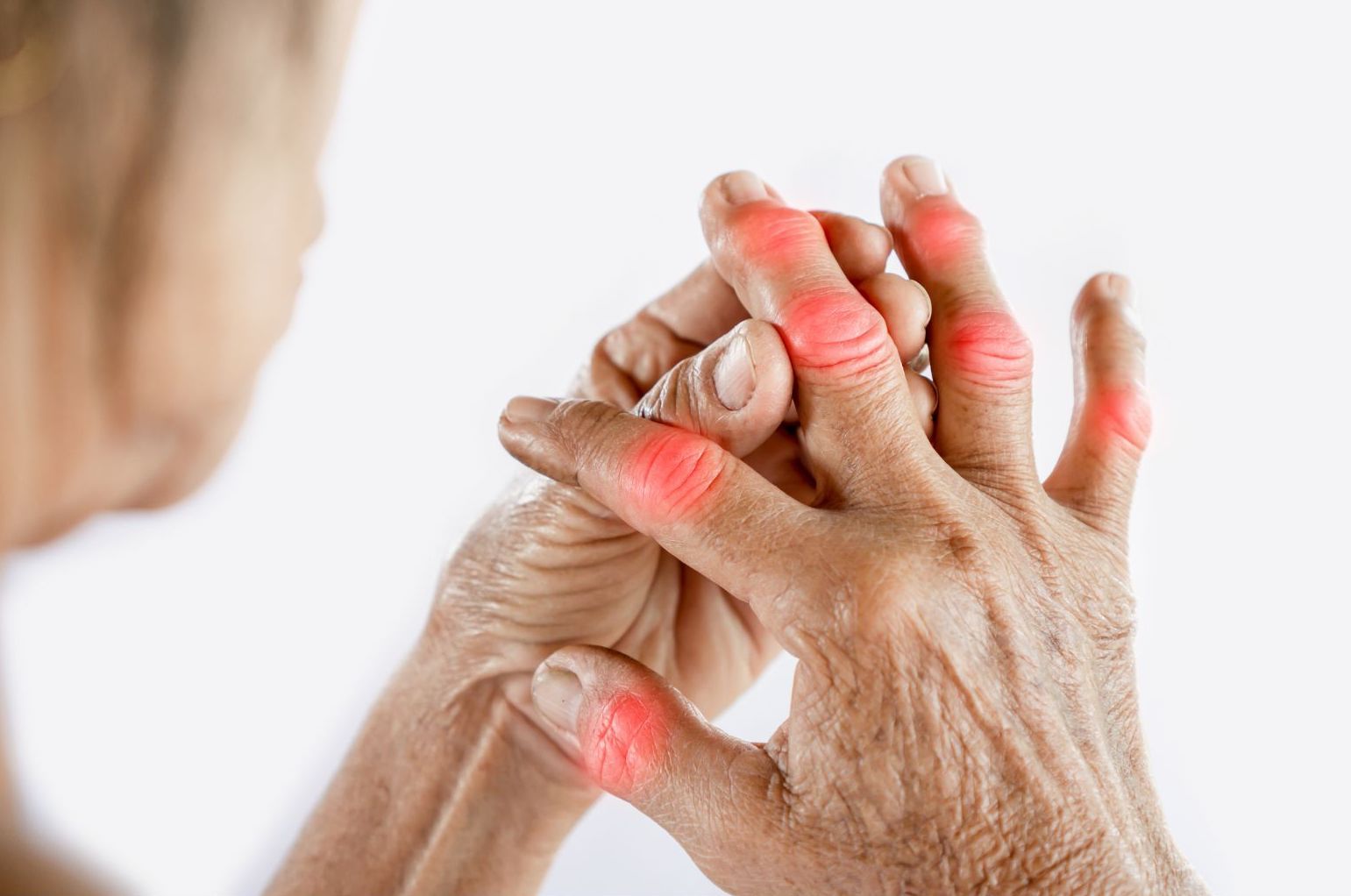- HOME
- ABOUT US
- WHAT IS AiARTHRITIS
- Diseases
- Rheumatoid Arthritis (RA)
- Psoriatic Arthritis (PsA)
- Systemic Lupus Erythematosus (SLE)
- Sjögren's Disease (SD)
- Axial Spondyloarthritis (AxSpA)
- Crohn's Disease
- Sarcoidosis
- Relapsing Polychondritis (RP)
- Systemic Sclerosis/Scleroderma (SSc)
- Behcet's Disease (BD)
- Palindromic Rheumatism (PR)
- VEXAS
- Antisynthetase Syndrome (ASS)
- Mixed Connective Tissue Disease
- JIA
- Familial Mediterranean Fever (FMF)
- HIDS (hyper-IgD syndrome, a mevalonate kinase deficiency)
- Cryopyrin-Associated Periodic Syndromes (CAPS) - Familial Cold Autoinflammatory Syndrome, Muckle-Wells Syndrome
- Schnitzler Syndrome
- Chronic Nonbacterial Osteomyelitis (CNO)/Chronic Recurrent Multifocal Osteomyelitis (CRMO)
- Still's Disease
- All Diseases
- Diseases
- OUR WORK
- RESOURCES & TOOLS
- GET INVOLVED
- CONTACT US
Still's Disease (Adult Onset/Systemic JIA)



NOTIFICATION: In 2017, the International Still's Disease Foundation (ISDF) dissolved and, as a trusted collaborator over the years, requested that our organization house any existing resources. Until 2021, we kept the website frozen in time, but our ultimate goal - per their wishes - is one day to use the domain to build a Still's Disease Information Center, where any organization serving the Still's community can post and share resources. We have saved all resources from the original site and will be uploading them into a separate section of this website soon. Read the original dissolution announcement letter.
Still's Disease
The information below was developed from patient-reported disease experience research conducted by our organization - combining the results from our Early Symptoms of AiArthritis study (2013-2015) and a series of focus groups and qualitative surveys conducted in 2019-2020). This information was then sent to Dr. Apostolos Kontzias, and the team from the Center for Autoinflammatory Diseases, for medical review and approval for accuracy.
The dragon shown is the original logo designed by the International Still's Disease Foundation.
Still’s Disease is a rare, multi-systemic (whole body) autoinflammatory condition that can vary from person to person. Because of a similar pathogenesis, broadly overlapping symptoms, and organ involvement, Still’s Disease represents a disease continuum that includes both Systemic Juvenile Idiopathic Arthritis (SJIA) and
Adult-Onset Still’s Disease (AOSD). Those with onset > 16 years of age are categorized with AOSD, while those originally diagnosed with SJIA carry this diagnosis through adulthood. Onset can occur at any age, even presenting after birth. In some individuals, Still’s Disease develops suddenly, disappears almost as quickly, and may not return for many years, if ever. In others, it is a chronic condition.
Cause. Some researchers suspect the condition might be triggered by a viral or bacterial infection or genetic mutations. While Still's is an autoinflammatory disease (of the innate side of the immune system), research suggests both sides of the immune system may be triggered, causing autoimmune (of the acquired side of the immune system) features as well. Learn about the sides of the immune system.
Symptoms. Symptoms and progression vary per individual. Some patients will have many of these symptoms, some only a few. This makes detecting, diagnosing, and treating Still’s difficult. Severity and frequency will vary in degree based on the individual. We believe the shared experiences from Still’s patients offers a better understanding of the disease and may assist with diagnosis. The content in the symptoms section was developed by conducting surveys and focus groups with people living with Still's Disease, then analyzing research based on their patient-reported disease experiences (1). This information was then reviewed by medical experts from the Center for Autoinflammatory Diseases. This information is available in brochure form, which can be downloaded here.
- Rash - Most commonly a salmon colored rash appearing on the upper anterior torso, arms, and legs that may quickly fade. Typically does not itch or mild itch, however patients reported a rash that can itch, be raised, appear as a number of small, flat red spots, and may not quickly fade away. May not be visible if covered with hair or if it fades very quickly. (2)
- Fever - High and spiking, rising to 104 degrees F/41 degrees C or higher and can rapidly return to normal levels or below. Time of day can vary, but evening and nighttime reported more often. May come and go, sometimes twice a daily, but may last a week or longer. Could cause for patient-reported excessive sweating/night sweats. (3)
- Fatigue - Reported in > 90%*; common in all autoinflammatory diseases, not unique to Still’s.
- Myalgia - Reported in > 75%* of patients, some described similar to flu-like weakness.
- Sore Throat - All age groups, even higher reports in children. Some report difficulty swallowing.
- Inflammatory Arthritis - Historically arthritis, or joint involvement, was considered a major symptoms of Still's Disease. However, recent research suggests about 25% of patients may not have arthritis at or near onset - some may not develop it for years, if ever. In others, the arthritis is severe. Swelling, redness, warmth, and joint erosion is possible. Can cause severe stiffness after rest.
- Organ Involvement - Generalized lymph nodes/glandular swelling. Enlargement of the liver and/or spleen (4). Inflammation of lungs (pleuritis), the saclike covering of your heart (pericarditis), the muscular portion of your heart (myocarditis) (5), eyes, serous tissues (6). Organ involvement may be present at onset.
- Gastrointestinal - Nausea, weight loss, poor appetite, canker sores in mouth.
- Central nervous system manifestations including seizures, meningismus.
- “Brain fog”*
- May be associated with inflammation in the brain caused by the immune response (7).
Other Complications
- Macrophage activation syndrome (MAS) - a massive inflammatory response that overwhelms the whole body, including organs. MAS is more common in SJIA and may be present at onset (8). Check out our MAS page for information, resources, and patient stories.
- Mental health - A quarter of patients surveyed reported mental health issues including: irritability, low self esteem, and difficulty coping with stress, anxiety, isolation, frustration, and depression.
Testing/Laboratory. Still’s Disease is a diagnosis of exclusion, requiring all other conditions to be ruled out first. Delayed diagnosis is common, as Still’s Disease is often
confused with infection. Although current research is developing, there are no specific tests or biomarkers (9). Common laboratory abnormalities for Still’s Disease patients include: Elevated erythrocyte sedimentation rate (ESR), elevated leukocytes, especially neutrophils (white blood cells), thrombocytosis (high platelet count), elevated
ferritin levels (sometimes dramatically), negative rheumatoid factor (RF) test (10), negative antinuclear antibodies (ANA) test, anemia (<10 g/dl), hypoalbuminemia (low albumin levels < 3 g/dl), mild elevated liver enzymes.
*These statistics and experiences are the result of our internal research, then medically reviewed by the Center for Autoinflammatory Diseases. Therefore, the percentages may vary from research conducted elsewhere.
One resource AiArthritis took over upon the dissolution of the International Still's Disease Foundation (ISDF) is the online Still's Disease Support Group, where those affected by Still's can ask questions and gain support from others like them. If you are a person living with Still's (a patient or family member/significant other), join today!
VIEW AND DOWNLOAD THE
PATIENT-REPORTED STILL'S DISEASE BROCHURES
-
EDUCATION MATERIALS
Button
VIEW OUR #MYSTILLS AWARENESS & EDUCATION POSTERS
-
POSTERS
Button
VIEW OUR #MYSTILLS CAMPAIGN & PATIENT EXPERIENCE VIDEOS
-
MY STILLS STORIES & VIDEOS
Button
RESEARCH & CLINICAL TRIALS
-
STILL'S SPECIFIC RESEARCH
Button
References
1) Research based on 2015
Early Symptoms Study (ESS) combined with 2019-2020 focus groups and survey participation, both conducted by the International Foundation for Autoimmune & Autoinflammatory Arthritis.
2) There is increasing evidence of atypical rashes: raised, red or purple plaques; itchy; bumps that closely resemble eczema or urticaria. Atypical rashes, in conjunction with other typical Still’s symptoms, should be tested to rule out other causes, such as urticarial vasculitis.
3) Some patients reported feeling extremely hot and flushed, without registering a fever.
4) May be cause of abdominal pain.
5) May be responsible for patient-reported “shallow breathing” or “chest pain”.
6) Serositis refers to inflammation of the serous tissues of the body, the tissues lining the lungs, heart, and the inner lining of the abdomen and organs within.
7) Medical reviewers could not confirm this symptom as related directly to Still’s Disease.
8) Haemophagocytic lymphohistiocytosis (HLH) is termed macrophage activation syndrome (MAS) when associated with rheumatic disease (secondary HLH) and triggers including malignancy and infection.
9) Some studies suggest certain cytokine profiles (interleukins 1, 18 and IL18BP) and human leukocyte antigen (HLA) genotypes may provide diagnostic clues, but no consistent results are clinically validated.
10) Rheumatoid factor can be positive in healthy people, so having a positive RF should not dictate diagnosis.
Sign up for our newsletters
International Foundation for AiArthritis
6605 Nottingham Ave.
St. Louis, MO 63109-2661
Toll Free: 1-877-609-4226
Text: 1-314-282-7214
Copyright 2024. All rights reserved. Information on this site is intended for informational purposes only Our foundation does not engage in the practice of medicine. Please consult a physician to obtain personal healthcare and treatment options. 501(c) 3 Nonprofit Tax ID: 27-1214308.






